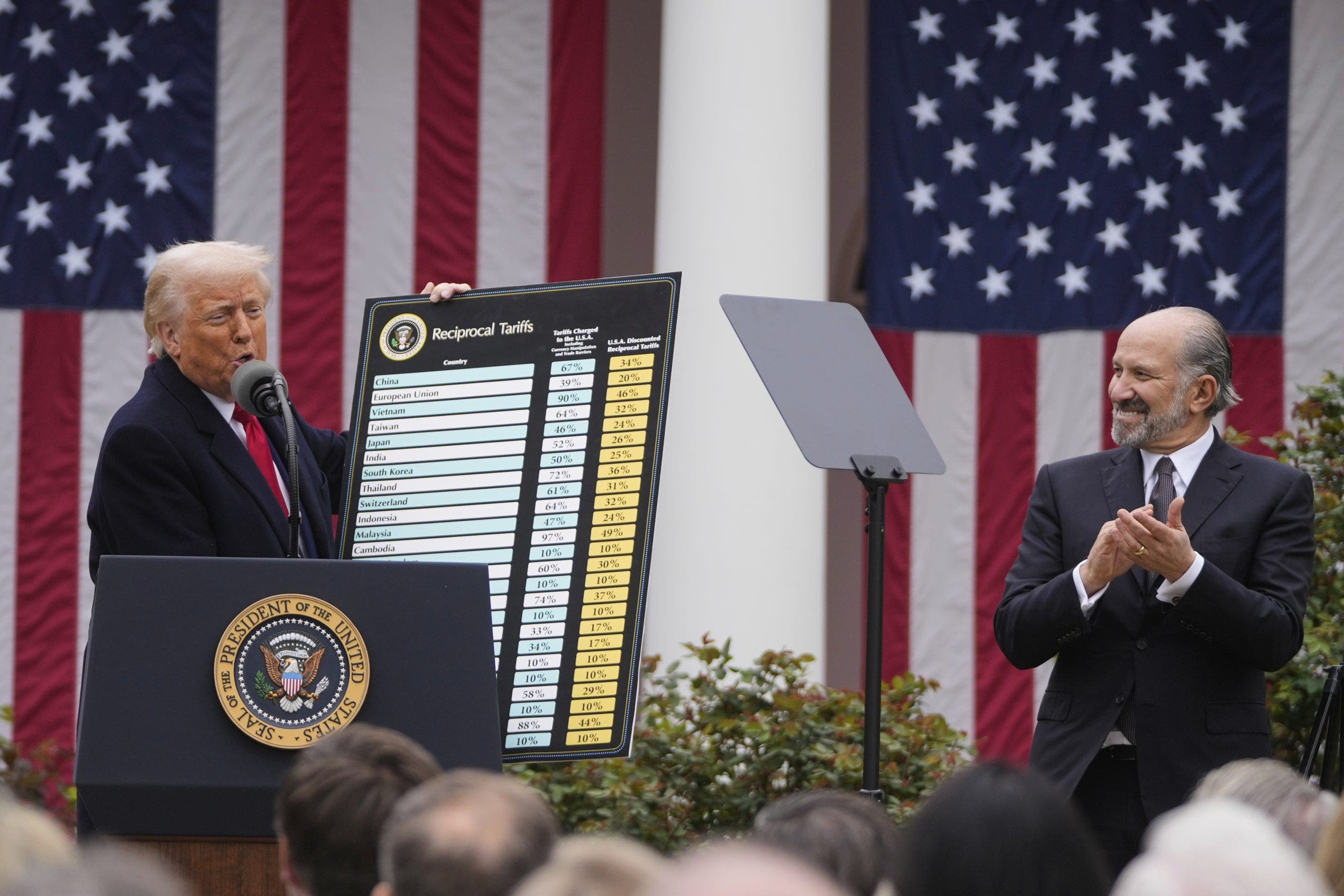Who has their tariffs on the U.S.?

President Donald Trump made a bold move on Wednesday by announcing sweeping tariffs on U.S. trading partners worldwide. The new policy includes a 10% minimum baseline tax on all products entering the country. This decision comes as part of Trump’s efforts to address what he sees as unfair trading practices, particularly targeting the so-called “Dirty 15” nations with the largest trade deficit with the U.S.
One of the major players in this trade war is China. The U.S. and China have been engaged in a trade war since the early days of the Trump administration. The back-and-forth tariffs have had a significant impact on both countries’ economies, with the U.S. losing nearly a quarter of a million jobs by 2021. Despite some temporary relief, tensions escalated once again in 2025 when Trump imposed a blanket 20% tariff on all Chinese imports.
The European Union is also feeling the heat from Trump’s tariffs. The EU, the largest trading partner of the U.S., has been hit with a 25% tariff on steel and aluminum imports, as well as a 25% tariff on imported cars. The EU has threatened retaliatory tariffs of up to $28 billion in response.
Canada is another country caught in the crossfire of Trump’s trade war. Despite claims of a 300% tariff on American butter and cheese, this tariff has never been implemented and is part of the USMCA trade agreement. Nevertheless, Canada faces the threat of further tariffs from the U.S., sparking a tit-for-tat tariff war between the two countries.
Experts like Andrew Hale of the Heritage Foundation argue that the key to resolving these trade disputes lies in eliminating tariffs altogether. By adopting a policy of zero tariffs, countries can achieve fair and free trade that benefits all parties involved. However, until such a solution is reached, the trade war is likely to continue, impacting economies and industries around the world.
In conclusion, Trump’s new tariffs have sparked a global trade war with major implications for economies and industries. As countries like China, the EU, and Canada face off against the U.S., the future of international trade remains uncertain. Only time will tell how this trade war will unfold and whether a resolution can be reached that benefits all parties involved.




